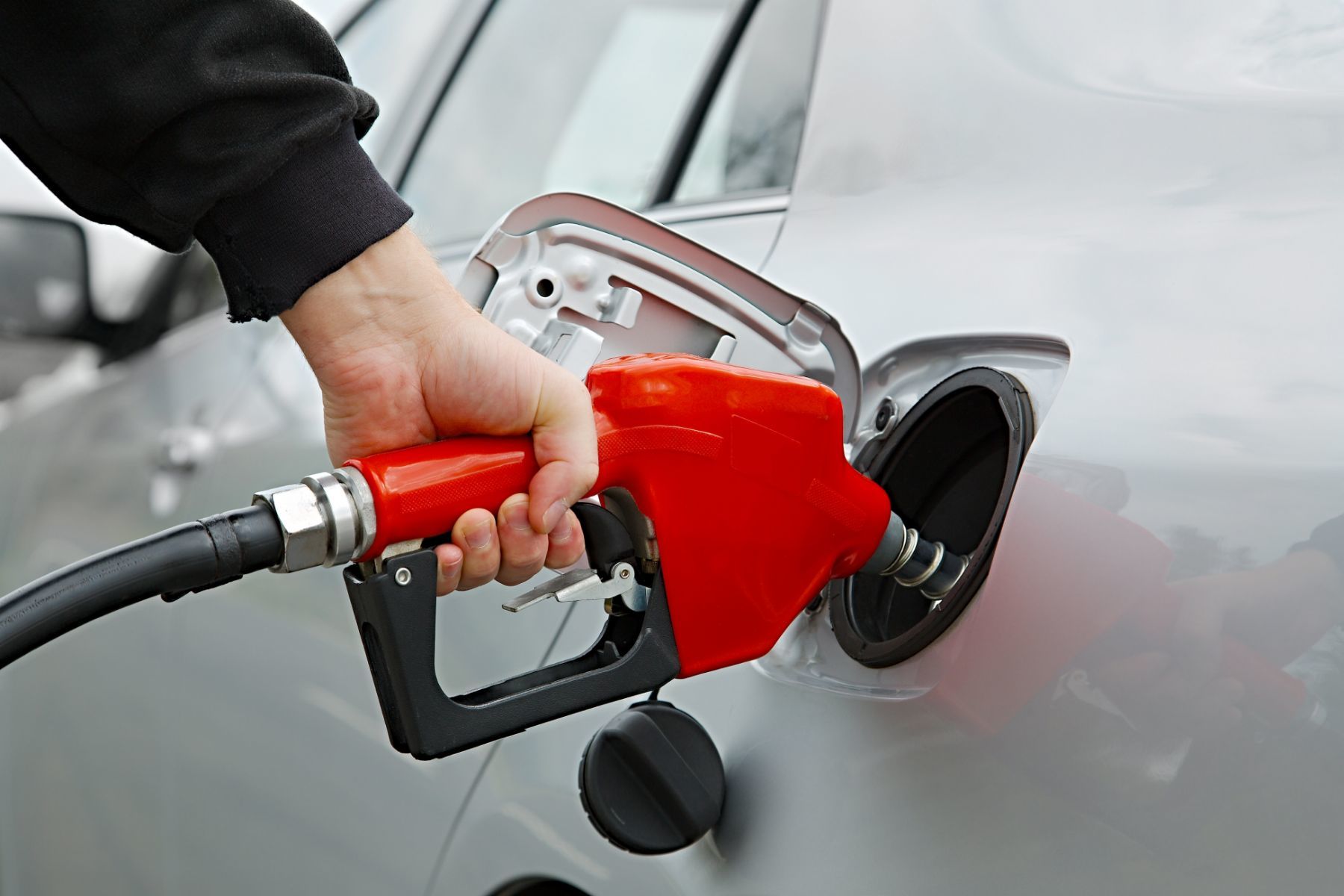Seven Ways to Improve Your Gas Mileage
September 18 2019, Lallier Ste-Foy

1. Maintain Good Tire Pressure
Tires are specifically designed to reduce friction and increase vehicle performance. In order to do this, however, they must be inflated according to the manufacturer’s specifications. Inadequate tire pressure reduces fuel efficiency by up to 3%, which may seem small, but combined with additional deficiencies can increase fuel consumption considerably.
In addition to adequate inflation, you might consider narrower and therefore more aerodynamic tires that provide better fuel economy. If you choose to do this, it’s important to first consult an expert at Lallier Ste-Foy before making the change. This way, you’ll ensure that the new tires have enough traction and that its circumference meets the specifications and requirements of Honda.
2. Close Your Windows on the Highway
It’s nice to roll down the windows and feel the breeze in your hair while driving. However, this can cost you at the pump and increase your gas mileage by 10%.
There is good news though! The aerodynamic effect of opening the windows is negligible while driving in the city, so lower your windows all you want while driving below 65 km/h in the beautiful Quebec region.
3. Use Air Conditioning Sparingly
The use of air conditioning requires energy from your engine and therefore increases fuel consumption. So, when you’re in town and the weather permits, don’t hesitate to turn off the A/C and lower your windows.
4. Change the Engine’s Air Filters
Engines essentially run on a mixture of air and fuel. Without enough air, an engine either doesn’t work or, if it does, will consume too much fuel.
After winters in Quebec, the roads can become very dusty in the spring. Always keep an eye on the quality of your engine’s air filter. A dirty or clogged air filter reduces the airflow in the engine, forcing it to work harder and therefore consume more fuel.
5. Lighten the Weight of Your Car
It may seem simple, but it’s easy to forget. The heavier your car is, the more it will have to work to move around Quebec. In fact, for every additional 45 kg, you increase fuel consumption by 1-2%!
6. Pay Attention to Faulty Sensors
Your car is made up of sensors that you may not even know existed. These sensors are strategically placed to monitor the performance of your vehicle and inform you when there’s a threat to your Honda’s fuel efficiency.
Often, when these sensors become defective or damaged, people fail to replace them once the warranty expires. However, if they’re not functional, they can’t provide you with important information that directly affects your gas mileage. Here are some examples:
- Tire pressure
- Engine’s oxygen levels
- Quality of the air/fuel mixture
- Evaporation of exhaust emissions
A damaged oxygen sensor could reduce energy efficiency by more than 20%!
7. Be Aware of Smart Refueling Practices
When you’re at the pump, you may be tempted to use a higher octane fuel because of its “superior quality.” Your car requires only 87% octane (the lowest level available at most gas stations), which means using octane of 89% or 91% will not increase your car’s energy efficiency and will simply cost you more.
Keep your tank full because when fuel levels are low, the fuel pump has to work harder, thereby reducing the fuel efficiency of your car.


